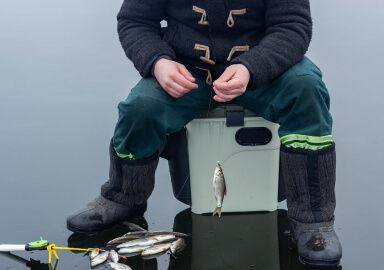Blacktip Shark
The blacktip shark is a common predator of most coastal tropical and sub-tropical shorelines, and a top target for recreational fishing.
View 19 listings
19
listings
–
price starting from
2
countries
–
to the nearest trip
Where and When?
Blacktip sharks are found in most coastal tropical and sub-tropical waters with important recreational fisheries along the eastern seaboard of the USA, around much of Australia and the south east coast of Africa. Commercial blacktip shark fisheries are important in the Far East, around India and also in parts of the Gulf of Mexico. On the east coast of the USA they may be found as far north as North Carolina in summer, but many migrate southwards towards Florida in winter. Blacktip sharks are generally absent from the open ocean and are rarely found in waters deeper than 30 meters (98 ft.). They are mostly found in shallow waters close to the shore but are tolerant of lower salinities and may enter lagoons and estuaries. They are known to associate with some extreme fish migration events, such as the annual “sardine run” in South Africa where great numbers of large sharks may accompany the shoals of “baitfish”. Although often fairly “placid”, blacktip sharks are “excitable” and prone to “feeding frenzies” when attacking shoals of small fish.
About Blacktip Shark
Blacktip sharks (Carcharinus limbatus) have a typical shark appearance, are moderately sized, and found in inshore waters. Like many sharks they are grey or brown above with the flanks lightening to the belly, which is often white. They are heavy bodied with a pointed snout and most fins, particularly the dorsal fin, are tipped with black and may have black margins. They have an impressive array of many sharp, serrated teeth arranged in 15 rows on the jaws. The eyes are relatively small, meaning their sight is not as good as some other species of sharks. They can attain a maximum recorded mass of 2.8 meters (9 ft. 2 in.) and 123 kilograms (271 lbs) over a 12 year lifespan. They are live-bearing, mating inshore in spring, and one to 10 pups are born next spring. Breeding takes place in specific smallish nursery areas, usually well known to anglers and divers. According to tag and recapture studies, blacktip sharks return to the nursery areas of their birth to reproduce. They feed actively and aggressively on many items but fish generally account for over 90 percent of the diet and squid most of the rest. They are said to be fairly timid, unless provoked, but 16 percent of shark attacks on people in Florida were ascribed to this species.
How to Catch?
Many recreational anglers get their first taste of shark fishing by “accidentally” hooking a blacktip shark while shore fishing as they will readily take baits put out for other game fish. Blacktip sharks are one of the more regularly caught sharks from the shore and, in some places, they are regularly targeted by shore anglers. Due to their fairly small eyes they feed mostly by smell, and thus a “chum bag” can be very useful to attract the fish to the fishing spot or boat and then their eyesight can “kick in”. Various natural baits are excellent for blacktip sharks, mostly medium sized lumps of freshly killed fish, but recently surface plugs, spoons and even flies have been used to catch blacktip sharks in clear water conditions. Sight fishing for large blacktip sharks can be extremely exciting. Peak times for blacktip shark feeding, and thus fishing, are just after first light and also in the evening. Shore and small boat fishing can both be productive, depending on the area, but landing a large shark is usually easier from a boat. Blacktip sharks are renowned for leaping high out of the water and spinning after being hooked making landing your first blackfin shark a very memorable event.
Listing Types
Similar Species
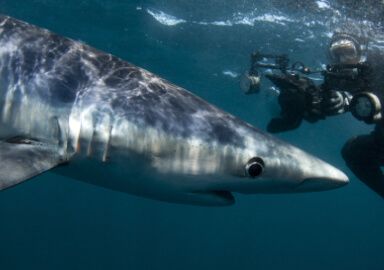 Blue Shark
8 offers
Blue Shark
8 offers
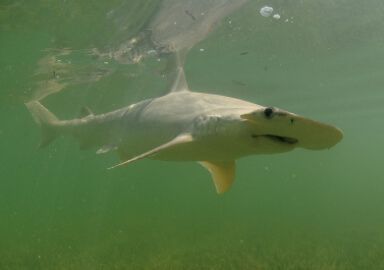 Bonnethead Shark
6 offers
Bonnethead Shark
6 offers
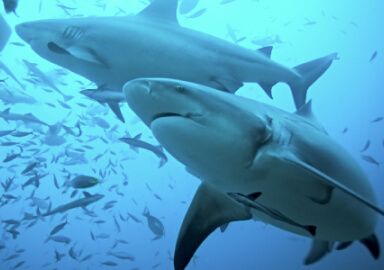 Bull Shark
12 offers
Bull Shark
12 offers
 Great White Shark
1 offer
Great White Shark
1 offer
 Greenland Shark
1 offer
Greenland Shark
1 offer
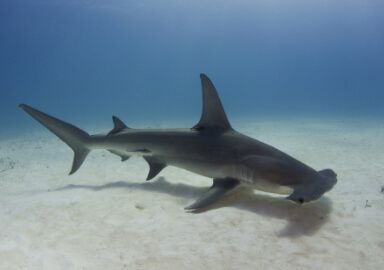 Hammerhead Shark
8 offers
Hammerhead Shark
8 offers
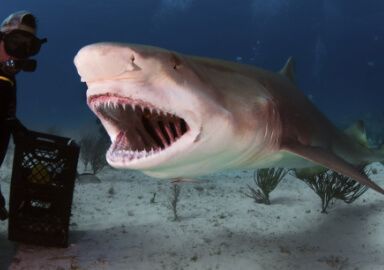 Lemon Shark
3 offers
Lemon Shark
3 offers
 Leopard Shark
1 offer
Leopard Shark
1 offer
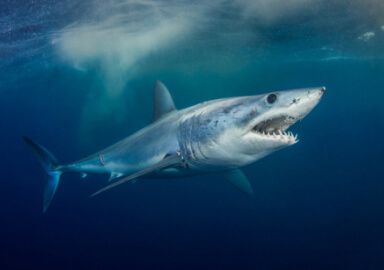 Mako Shark
26 offers
Mako Shark
26 offers
 Porbeagle Shark
2 offers
Porbeagle Shark
2 offers
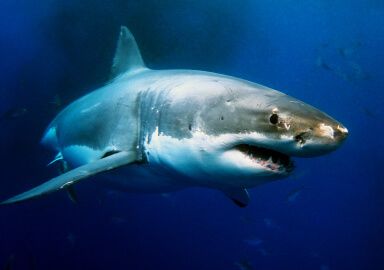 Shark
128 offers
Shark
128 offers
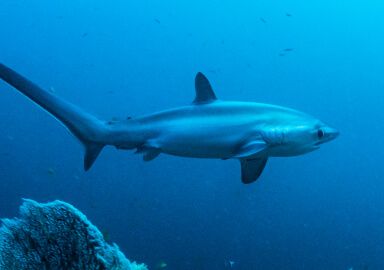 Thresher Shark
4 offers
Thresher Shark
4 offers
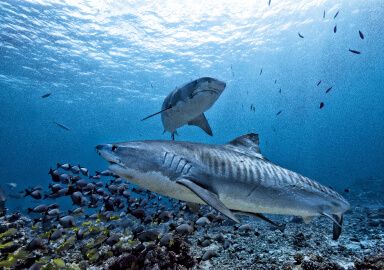 Tiger Shark
10 offers
Tiger Shark
10 offers
 Tope Shark
2 offers
Tope Shark
2 offers



